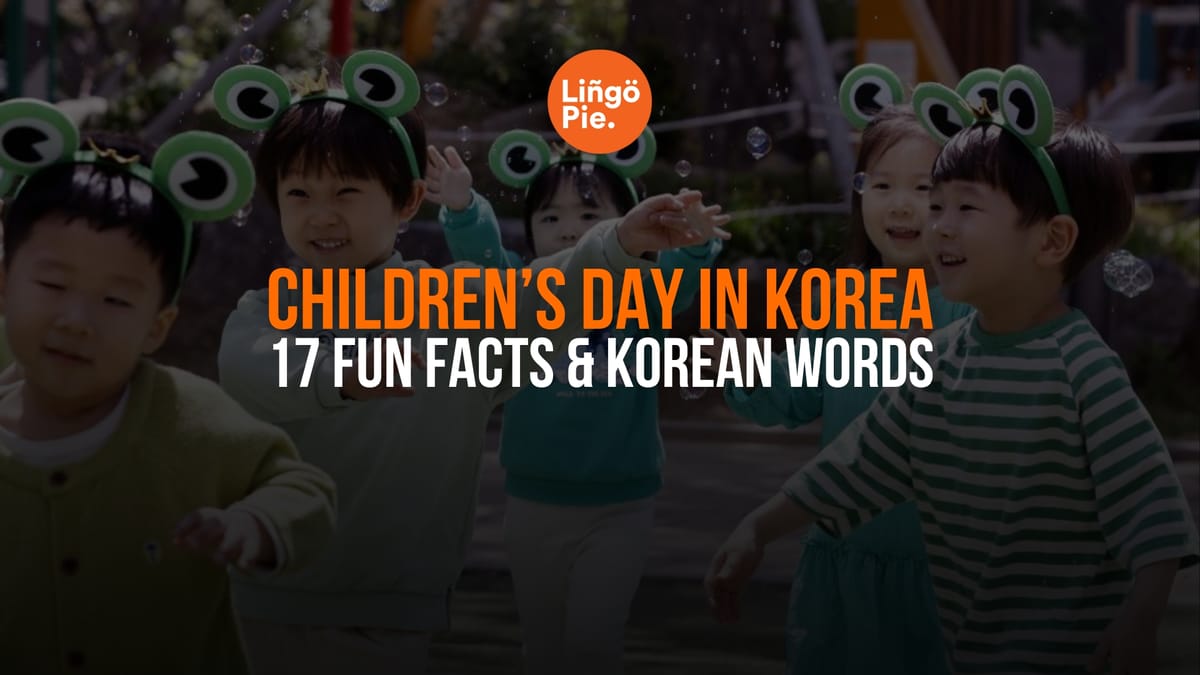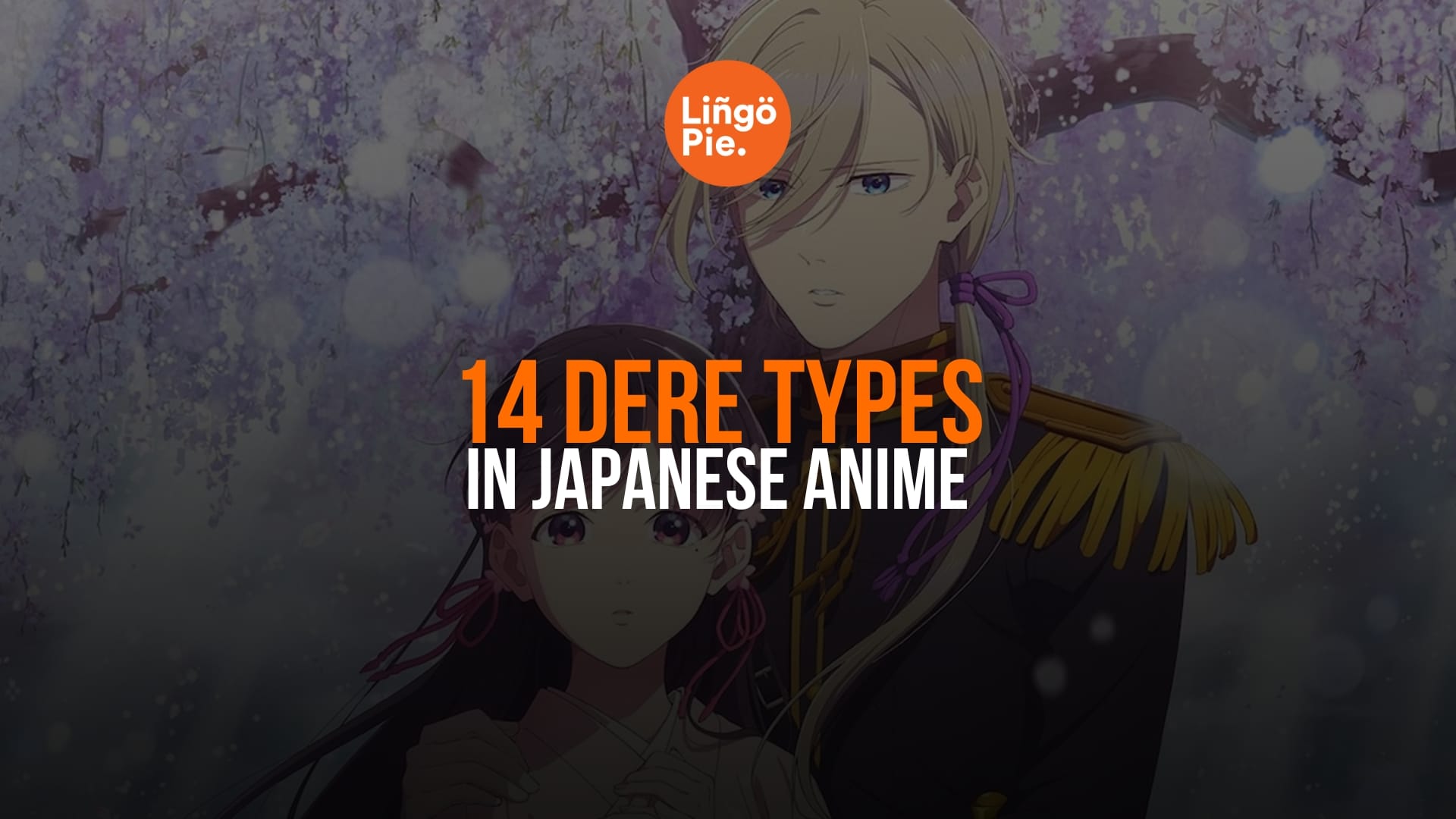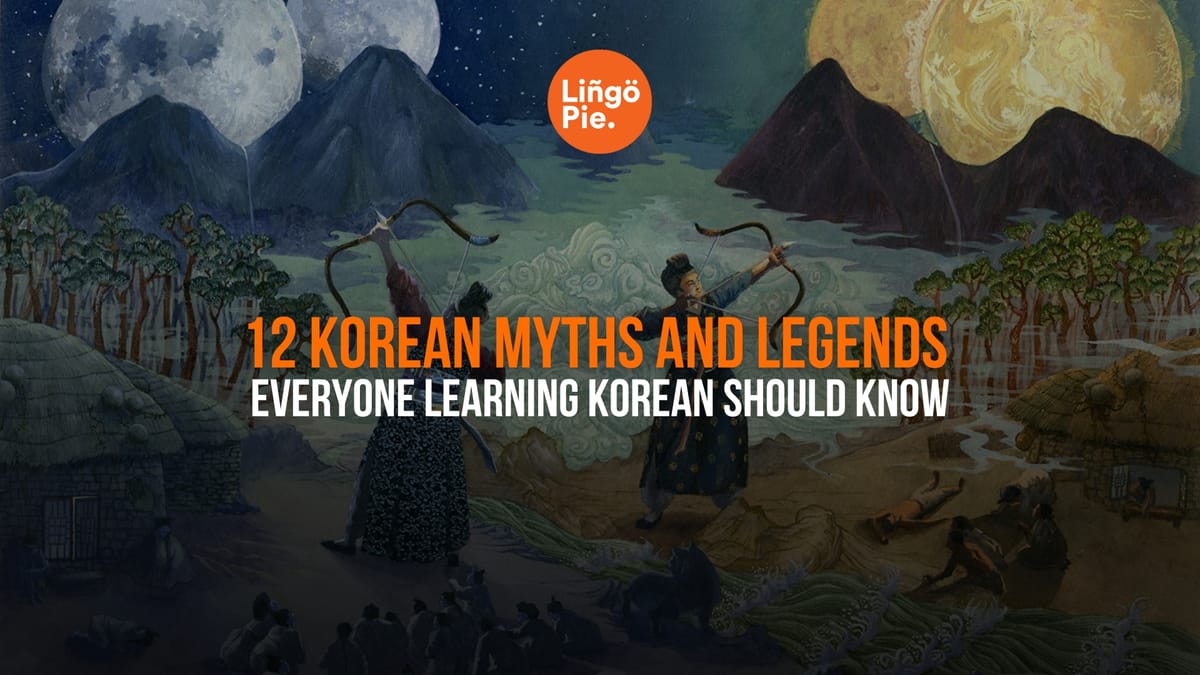Did you know that in Korea, kids get their very own public holiday — and it’s a BIG deal? That’s right. Every year on May 5th, families across South Korea gear up for a full day of fun, laughter, and quality time. It’s called 어린이날 (Eorininal), or Children's Day, and if you’ve never celebrated it Korean-style, you’re in for a treat.
When I first experienced Children’s Day I enjoyed the fact that not only my birthday is a holiday here (yay), but I could see everyone that works so much in this country to have a moment to celebrate youth. Let’s just say, it felt like a second birthday for the kids — packed with gifts, ice cream, and rollercoasters. But there’s more to it than just fun. Children’s Day has a rich history rooted in respect and recognition for children’s rights.
In this article, I’ll walk you through:
- What makes Children’s Day in Korea special,
- How families celebrate,
- Korean vocab you can use on the day, and
- Some cultural gems that’ll make you see Korean childhood in a whole new light.
7 Korean Kids Shows to Learn Korean
Best Way To Learn Korean: A Guide For Beginners
5 K-Dramas Like When Life Gives You Tangerines

What Is Children’s Day in Korea?
Children’s Day (어린이날) is a national holiday in South Korea celebrated on May 5th each year. It’s all about recognizing the importance of children in society, giving them a voice, and celebrating their joy and potential.
The origins of Children's Day in South Korea are deeply rooted in a historical movement that began in the 1920s. During this period, students initiated efforts to highlight their circumstances and improve their standing in society. A central figure in this movement was Dr. Bang Jeong-Hwan, a prominent children's writer and activist. Bang Jeong Hwan played a pivotal role by starting to specifically use the word 어린이 (eorini) to refer to children, a term that carries a sense of respect and importance. This new designation helped to elevate the status and recognition of children in the societal consciousness.

The holiday was initially established and celebrated on May 1st. However, this date eventually posed a conflict as it coincided with Labor Day. Following the end of World War II, the date for Children's Day was officially moved to May 5th. This new date, 5/5, is noted for its symmetrical appearance, making it easy for people to remember. The observance was later elevated to the status of an official public holiday in the 1970s. Since then, Koreans have consistently enjoyed a day off from work on May 5th, solidifying the day's importance in the national calendar.
In contemporary South Korea, Children's Day is often celebrated with a sense of occasion akin to a second birthday for children. This heightened level of celebration is partly a response to the demanding work culture prevalent in Korea. Parents frequently face busy schedules, often working overtime or on weekends, which can limit the quality time they have with their children. Therefore, on Children's Day, many families make an extra effort to do something particularly special for their children.
Today, it’s not just a day off from work or school. It’s a nationwide celebration of childhood.
🌿 Why It Means So Much Today
Children’s Day today functions almost like a second birthday. This is partly because of Korea’s intense work culture. Many parents work long hours or weekends, making dedicated family time hard to come by. May 5th is a rare moment when the whole country slows down for the kids.
And it couldn’t fall at a better time. May in Korea is beautiful — not too hot, not too cold. Perfect weather for going outside and making memories.
How Do Koreans Celebrate Children’s Day?

Here are some of the most popular ways families celebrate this day:
Amusement Parks (놀이공원 | norigongwon)
Visiting places like Lotte World or Everland is a classic choice. Kids get to ride rollercoasters (놀이기구 | norigigu), watch parades, eat cotton candy, and maybe even meet their favorite characters.
Everland includes a safari park and zoo, while Lotte World is half indoors (super helpful if it rains!). There’s also Seoul Land near Daegongwon (Seoul Grand Park), another solid family-friendly spot.
Zoos (동물원 | dongmulwon)
A trip to the zoo is a fun and educational pick. Seoul Grand Park has the city’s biggest zoo, and Children’s Grand Park (어린이대공원) is a smaller, easier-to-walk version.
Kids learn animal names in Korean like:
- 사자 (saja) – Lion
- 호랑이 (horangi) – Tiger
- 코끼리 (kokkiri) – Elephant
Picnics (소푼 | sopung)
Families bring tents and mats to riverside parks like those along the Han River. There’s bike-riding, kite-flying, and snacking. Convenience stores are nearby for quick eats, or families use apps to have fried chicken or kimbap delivered right to their picnic blanket.
This kind of relaxed, unplugged celebration is growing in popularity.
Other Activities
- K-League soccer matches
- Mountain hiking
- Road trips to the countryside
- Home-based Korean culture days (watching classic animations, learning songs)
🔹 Vocabulary You Can Use on Children’s Day
| Korean | Romanization | English |
|---|---|---|
| 어린이날 | Eorininal | Children’s Day |
| 어린이 | Eorini | Child (respectful) |
| 선물 | Seonmul | Gift |
| 놀이공원 | Norigongwon | Amusement Park |
| 동물원 | Dongmulwon | Zoo |
| 소푼 | Sopung | Picnic |
| 가족 | Gajok | Family |
| 사랑해요 | Saranghaeyo | I love you |
| 행복해요 | Haengbokhaeyo | I’m happy |
Try using these when you're out and about, or while watching Korean children’s content on Lingopie!
What About Parents?
Just three days after Children’s Day, Koreans celebrate Parents’ Day (어보이날 | Eobeoinal) on May 8th. It’s not a public holiday, but it's an important cultural moment.
Kids typically give carnations to their parents, and you’ll see flower displays everywhere. Fun fact: This used to be two separate days (Mother’s and Father’s Day) but was merged into one.
How Korea Compares Globally
Many countries have their own version of Children’s Day, but few go all out like Korea does. For example:
- China: June 1st
- U.S.: 2nd Sunday of June
- Japan: Also May 5th, but part of Golden Week
In Korea, it’s a national holiday — with amusement park-level energy. That emphasis reflects just how highly Korean society values its youth.
Wrap-Up: Why It Matters
Children’s Day in Korea isn’t just about gifts or fun outings. It’s a reflection of cultural priorities. Kids are the heart of the future, and May 5th is a nationwide reminder to nurture, honor, and enjoy them.
Whether it’s riding rollercoasters, naming animals in Korean, or simply enjoying a picnic in the sun, Children’s Day is a chance for families to pause the hustle and embrace connection.
Learn Korean With Real Shows on Lingopie!
Want to keep learning Korean naturally? Lingopie lets you watch real Korean TV, including shows for kids and teens that are perfect for picking up vocabulary like 어린이날 or 선물.
Start learning while watching your favorite content — no textbooks required.
Frequently Asked Questions About Children’s Day in Korea
How is Children’s Day celebrated in Korea?
Children’s Day in Korea is a full-blown celebration for kids, often compared to a second birthday. Families take the day off to spend quality time together. Popular activities include visiting amusement parks like Lotte World or Everland, going to the zoo, having riverside picnics, watching K-League soccer matches, or even taking a short countryside trip. Children often receive gifts (선물 | seonmul), sweet treats, and lots of attention.
What is May 5th in South Korea?
May 5th is officially Children’s Day (어린이날 | Eorininal) in South Korea. It’s a national public holiday, also called a “red day,” meaning both kids and working parents get the day off. It’s a time dedicated to celebrating children and recognizing their importance in society.
Why is May 5th Children’s Day?
Originally celebrated on May 1st, Children’s Day was moved to May 5th after World War II to avoid overlapping with Labor Day. The date 5/5 was chosen partly because it's easy to remember and visually symmetrical. The holiday was made an official public holiday in the 1970s, thanks to advocacy efforts by children’s rights activist Dr. Bang Jeong-Hwan.
What Korean holiday is on May 8?
May 8th is Parents’ Day (어버이날 | Eobeoinal) in South Korea. While it’s not a public holiday, it’s culturally significant. Children typically give carnations or small gifts to their parents to show appreciation. It used to be Mother’s Day, but was expanded to honor both parents together.
How do you celebrate Children’s Day?
There’s no single right way to celebrate, but in Korea, it’s all about making the day joyful for kids. Common ways to celebrate include:
- Giving kids a thoughtful gift
- Taking them to a fun location (like a zoo or amusement park)
- Having a family picnic
- Letting them choose their favorite activity for the day
- Spending distraction-free time together







![11+ Best Shows On Netflix To Learn Korean [2025]](/blog/content/images/size/w300/2025/05/Best-Shows-On-Netflix-To-Learn-Korean.jpg)

